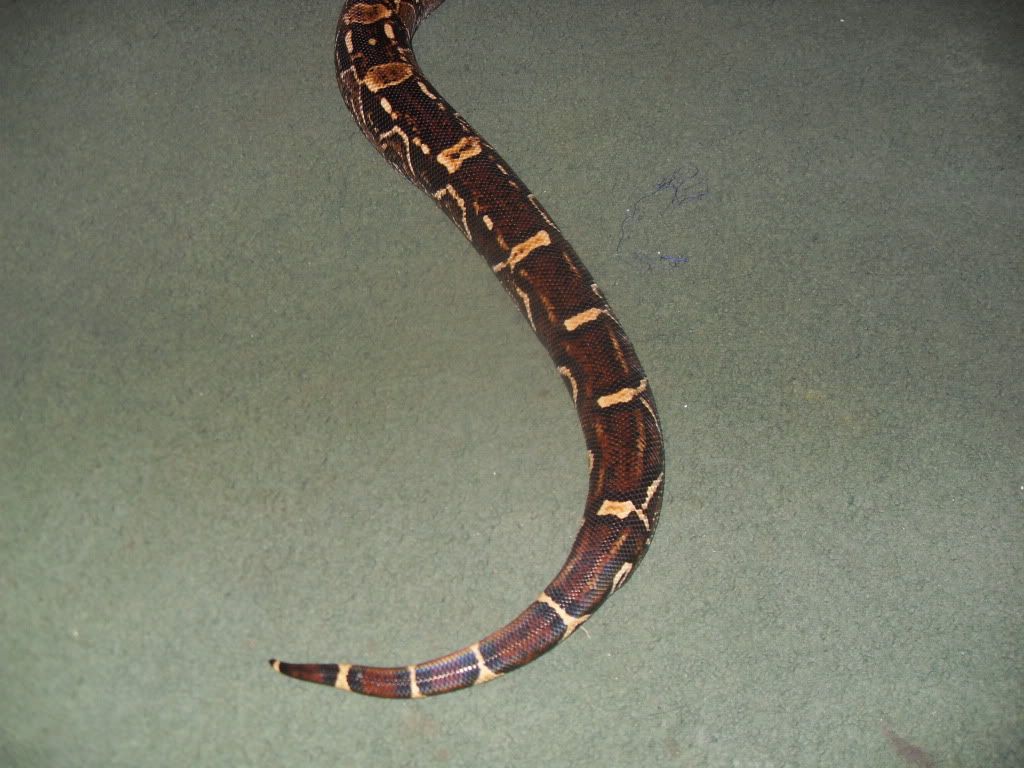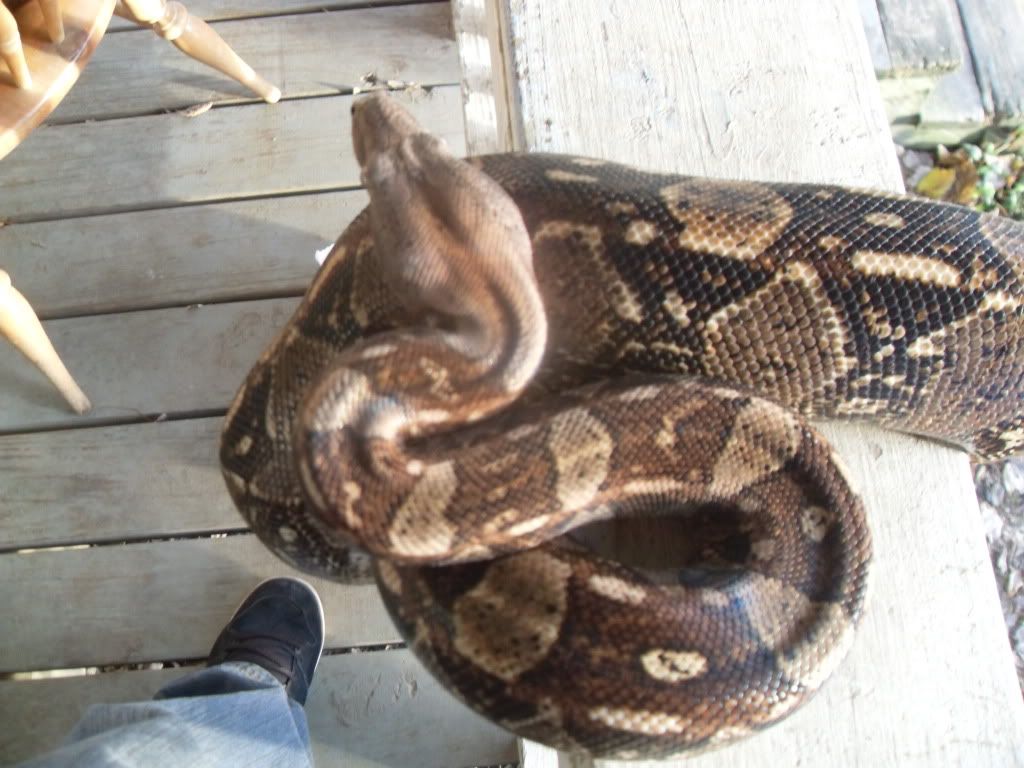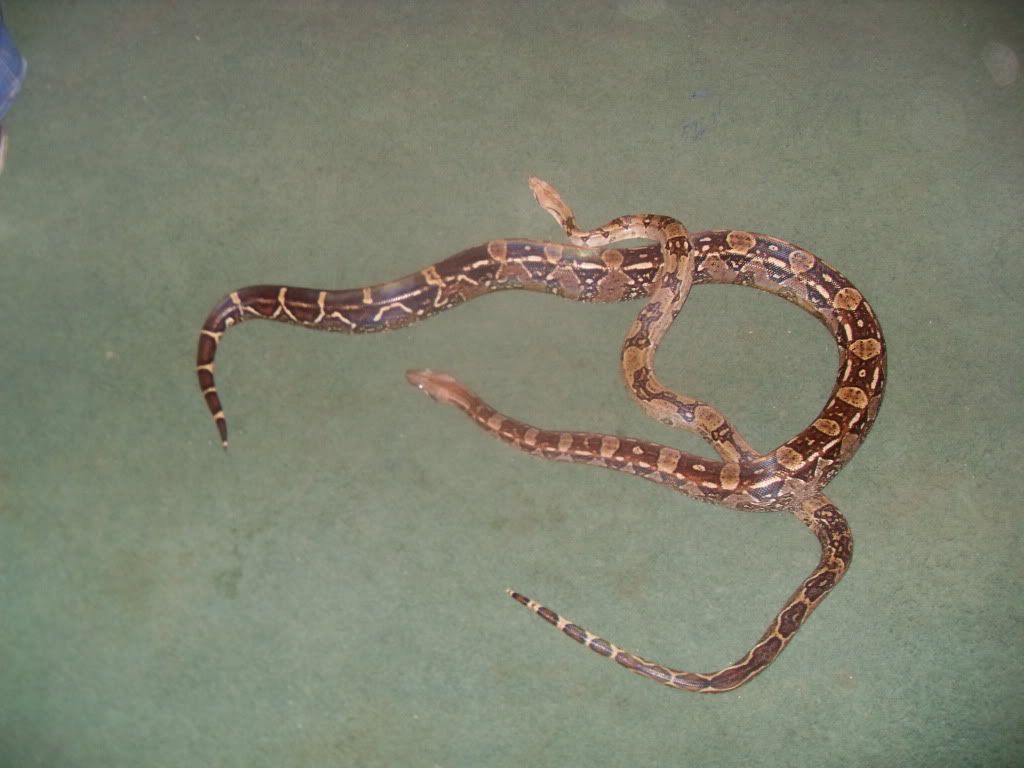- Joined
- Jun 30, 2008
- Messages
- 194
Okay so it is actually a pair.  My new 1:1 pair of Nicaraguan Red tail boa.
My new 1:1 pair of Nicaraguan Red tail boa.
Females tail.

Female.

Male and female.

Females tail.

Female.

Male and female.

